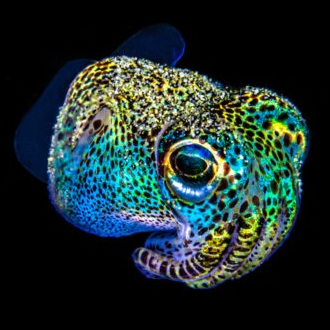Wiki
Atlantic meridional overturning circulation
The Atlantic meridional overturning circulation (AMOC) is the “main current system in the South and North Atlantic Oceans”.
The article is ~7.5k words. The summary comes at the very end.
For the AMOC and other climate tipping points, the only action we can take to minimize the risk is to phase out fossil fuel use and stop deforestation as fast as possible. If we can reach zero emissions, further global warming will stop within years, and the sooner this happens the smaller the risk of passing devastating tipping points. It would also minimize many other losses, damages, and human suffering from “regular” global warming impacts (e.g., heatwaves, floods, droughts, harvest failures, wildfires, sea level rise), which are already happening all around us even without the passing of major climate tipping points.
As another Climate Tipping Points report published in December 2022 by the Organisation for Economic Co-operation and Development (OECD) concludes: “Yet, the current scientific evidence unequivocally supports unprecedented, urgent and ambitious climate action to tackle the risks of climate system tipping points” (OECD, 2022).
It would be irresponsible, even foolhardy, if policymakers, business leaders, and indeed the voting public continue to ignore those risks.
I didn’t read the main part of the article. It was too technical for me. but I did really like the intro.
Introduction
In 1751, the captain of an English slave-trading ship made a historic discovery. While sailing at 25°N in the subtropical North Atlantic Ocean, Captain Henry Ellis lowered a “bucket sea-gauge,” devised and provided to him by the British clergyman Reverend Stephen Hales, through the warm surface waters into the deep. By means of a long rope and a system of valves, water from various depths could be brought up to the deck where its temperature was read from a built-in thermometer. To his surprise, Captain Ellis found that the deep water was icy cold.
He reported his findings to Reverend Hales in a letter: “The cold increased regularly, in proportion to the depths, till it descended to 3900 feet: from whence the mercury in the thermometer came up at 53 degrees (Fahrenheit); and tho’ I afterwards sunk it to the depth of 5346 feet, that is a mile and 66 feet, it came up no lower.”
These were the first ever recorded temperature measurements of the deep ocean. They revealed what is now known to be a fundamental and striking physical feature of the world ocean: deep water is always cold. The warm waters of the tropics and subtropics are confined to a thin layer at the surface; the heat of the sun does not slowly warm the depths during centuries or millennia as might be expected.
Ellis’s letter to Hales suggests he had no inkling of the far-reaching significance of his discovery. He wrote: “This experiment, which seem’d at first but mere food for curiosity, became in the interim very useful to us. By its means we supplied our cold bath, and cooled our wines or water at pleasure; which is vastly agreeable to us in this burning climate” (Ellis, 1751).
In fact, Ellis had struck upon the first indication of the ocean’s overturning circulation, the system of deep ocean currents that circulates cold waters of polar origin around the planet.
But it was not until several decades later, in 1797, that another Englishman, Count Rumford, published a correct explanation for Ellis’s “useful” discovery: “It appears to be extremely difficult, if not quite impossible, to account for this degree of cold at the bottom of the sea in the torrid zone, on any other supposition than that of cold currents from the poles; and the utility of these currents in tempering the excessive heats of these climates is too evident to require any illustration” (Thompson, 1797).
Now, over 200 years later, we have a reasonable understanding of the complex system of deep ocean circulation and, what Rumford found so evident, the role it plays in climate. However, some major puzzles remain that may be of fundamental importance to our future.
Everyone living within 100 miles of the Atlantic Coast is a small price to pay for turning the UK in to an ice cube.
If we can reach zero emissions, further global warming will stop within years

Sorry, but no. Unless “within years” is being used the way geologists and astronomers use it.
A useful Hacker News thread - https://news.ycombinator.com/item?id=40030354
I used it as Cliff Notes.


